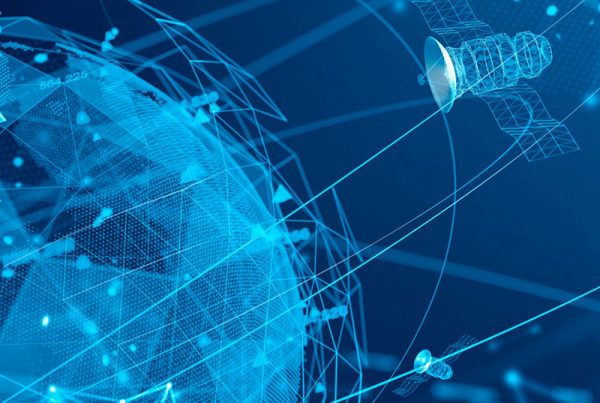One of the most important aspects of modern warfare is communications. Without it, armies are left blind and vulnerable to attack. This is why military satellite communications are so critical to the success of any operation. Military satellites provide battlefield commanders with a wide range of information, from troop movements to enemy positions to environmental factors like weather conditions.
They also allow the commander on the ground to communicate with his troops in real-time, enabling them to react quickly and effectively during combat operations without waiting for radio or phone signals that can be intercepted by enemies. Satellite communication systems have become an integral part of every major military operation since they were first developed in 1958, and will continue being used well into the future as innovations are introduced.
Why satellite communications are important in modern warfare?
Satellite communications allow troops in remote areas to stay connected and informed. Without satellite communication, soldiers would be unable to call for help if needed or provide an accurate military presence when documenting events.
Satellite communications also allow troops to remain in contact with one another.
This is important for soldiers who are in battle because it allows them to coordinate their actions.
Satellite communications allow troops to call home while they are stationed abroad. For many service members, this provides a sense of comfort and support during times when they feel alone or homesick.
Soldiers need satellite communication capabilities to provide real-time data on troop movements, supplies being moved through an area, etc… This information has the potential to save lives by coordinating response plans between ground forces and air assets that can be brought in should things go wrong.
The military uses satellites not only for secure voice calls but also email messages sent back and forth among commanders over long distances where other forms of communication might be due to terrain obstructions or distance.
Soldiers have access to this information in real-time, allowing them to make decisions that could help save their lives. This is critical when forces are separated by great distances and might not otherwise be able to communicate back up the chain of command immediately should something go wrong.
The military also uses satellites for tracking supplies being moved through an area or monitoring enemy movements using overhead surveillance assets like drones with high-powered cameras. These capabilities provide soldiers on the ground with a major tool they can use during battle while protecting national interests at home.
Satellite communications allow troops stationed around the world to stay connected and informed even though they may be thousands of miles away from the home base where video conferencing technology allows leaders, medics, supervisors, etc… to call in and provide guidance, encouragement, or even tactical advice.
When soldiers are not able to communicate with one another they can become lost or disoriented while working towards a common goal because the lack of communication could result in two groups moving toward one location for battle but failing to realize that their plans had changed due to weather conditions, orders from higher command, etc…
Satellite communications allow troops stationed abroad the ability to contact friends and family members back home which provides them with comfort when they feel alone or homesick during times of war. This also serves as an important morale booster by allowing loved ones at home to know everything is okay despite being so far away on dangerous deployments.
The military uses satellites not only for secure voice calls but also email messages sent back and forth between commanders over long distances where other forms of communication might be due to terrain obstructions or distance.
Soldiers have access to this information in real-time, allowing them to make decisions that could help save their lives. This is critical when forces are separated by great distances and might not otherwise be able to communicate back up the chain of command immediately should something go wrong.


